2016 Hyundai Elantra review, road test
Hyundai’s strengths of visual flair and lots of equipment return with the new Elantra. But this executive sedan has an altogether more European feel.
Published on Oct 28, 2016 08:00:00 AM
75,740 Views
Follow us on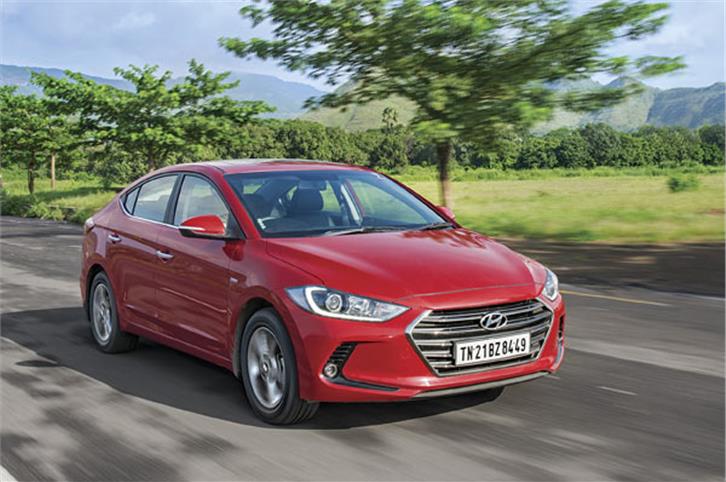
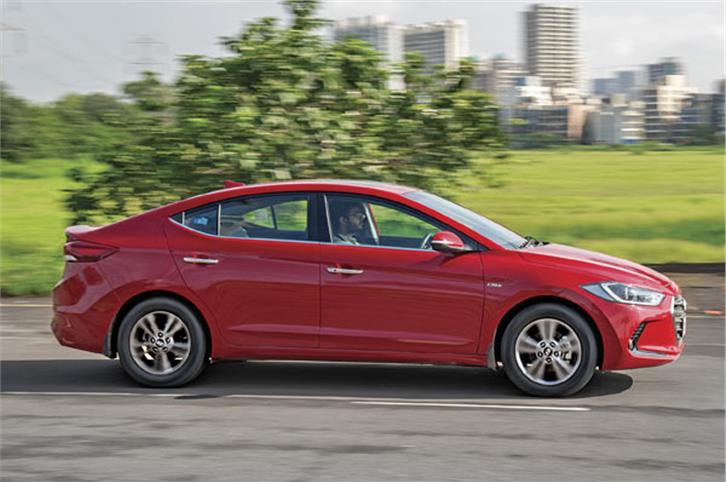


This is the first Hyundai in a long time that isn’t a massive visual departure from, but rather an evolution of, its predecessor. The cab-forward shape and coupé-like curved roofline may be similar to the previous car’s, but everything else is all new – this is Fluidic Sculpture 2.0, Hyundai’s newest design language. Gone are the pointy edges that perhaps looked a bit too radical for this class, and in their place have come far more European styling cues. At the front, the wide hexagonal chrome grille bears more than a passing resemblance to what you’ll find on a modern Audi and there’s even a hint of Jaguar’s ‘J-Blade’ signature in the LED running lamps. The boomerang-shaped slits that house the small fog lamps on the extremities of the bumper are more than meets the eye, because they are actually functional, Hyundai says, channelling air efficiently to reduce turbulence inside the wheel arch and thereby improve fuel economy, aid stability and lower wind noise.
Over on the sides, the wheel arches (especially at the front) aren’t as pronounced as before, and, overall, the car doesn’t look as tall as before, which is a definite improvement. The biggest visual departure, however, is at the rear, where the rather bulky tail has been made a lot more elegant. The smaller, slimmer tail-lamps with their distinct LED signatures give a much better sense of width, as do the wide LED strips on the bumper. So while the flowing shape and aggressive nose are still attention-grabbing, the toned-down rear looks a lot more mature than before.
Where the third-generation Elantra (the first one to come to India back in 2004) was quite special for its expensive independent rear suspension, this sixth-generation car (as well as its predecessor) uses a more conventional and cost-effective non-independent, torsion-beam rear suspension. The front wheels, of course, use independent, MacPherson struts. The chassis now uses more high-strength steel than before – 53 percent versus 21 percent – resulting in a 30 percent increase in stiffness, which should dramatically help ride and handling.
Copyright (c) Autocar India. All rights reserved.



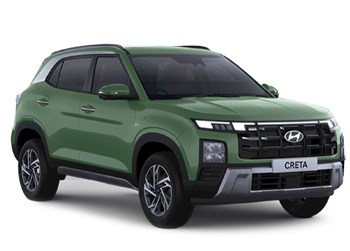
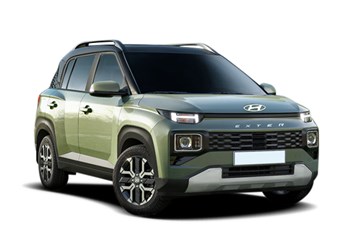
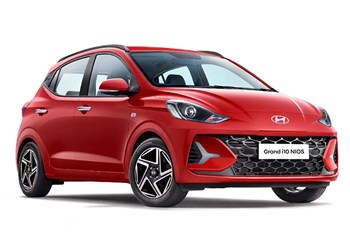
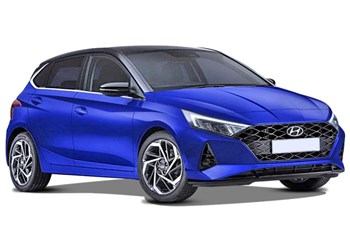
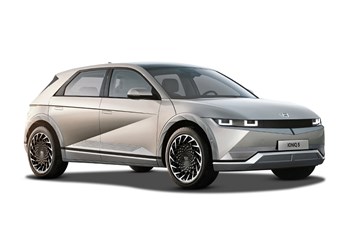
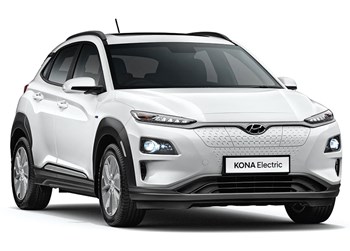







Comments
Member Login
Personal Details
No comments yet. Be the first to comment.